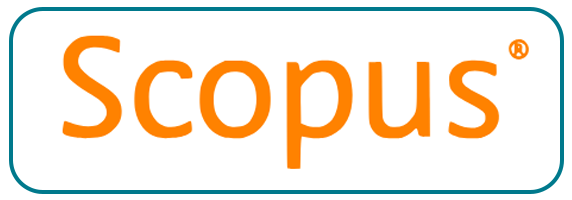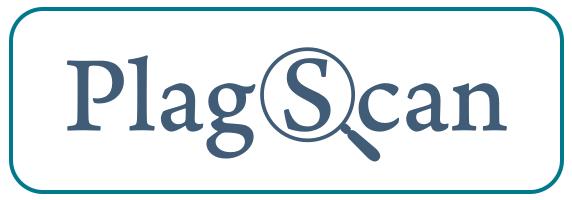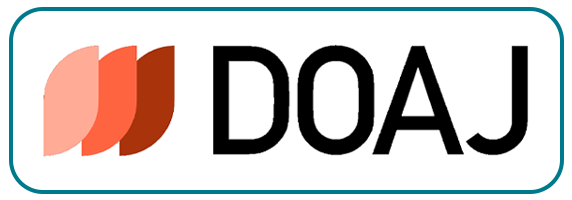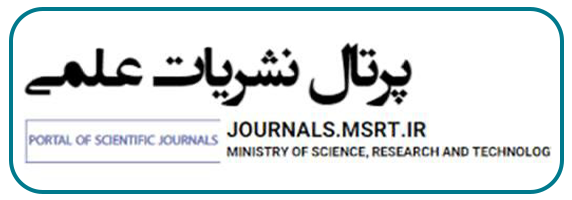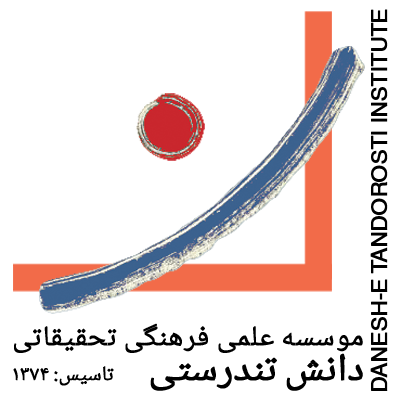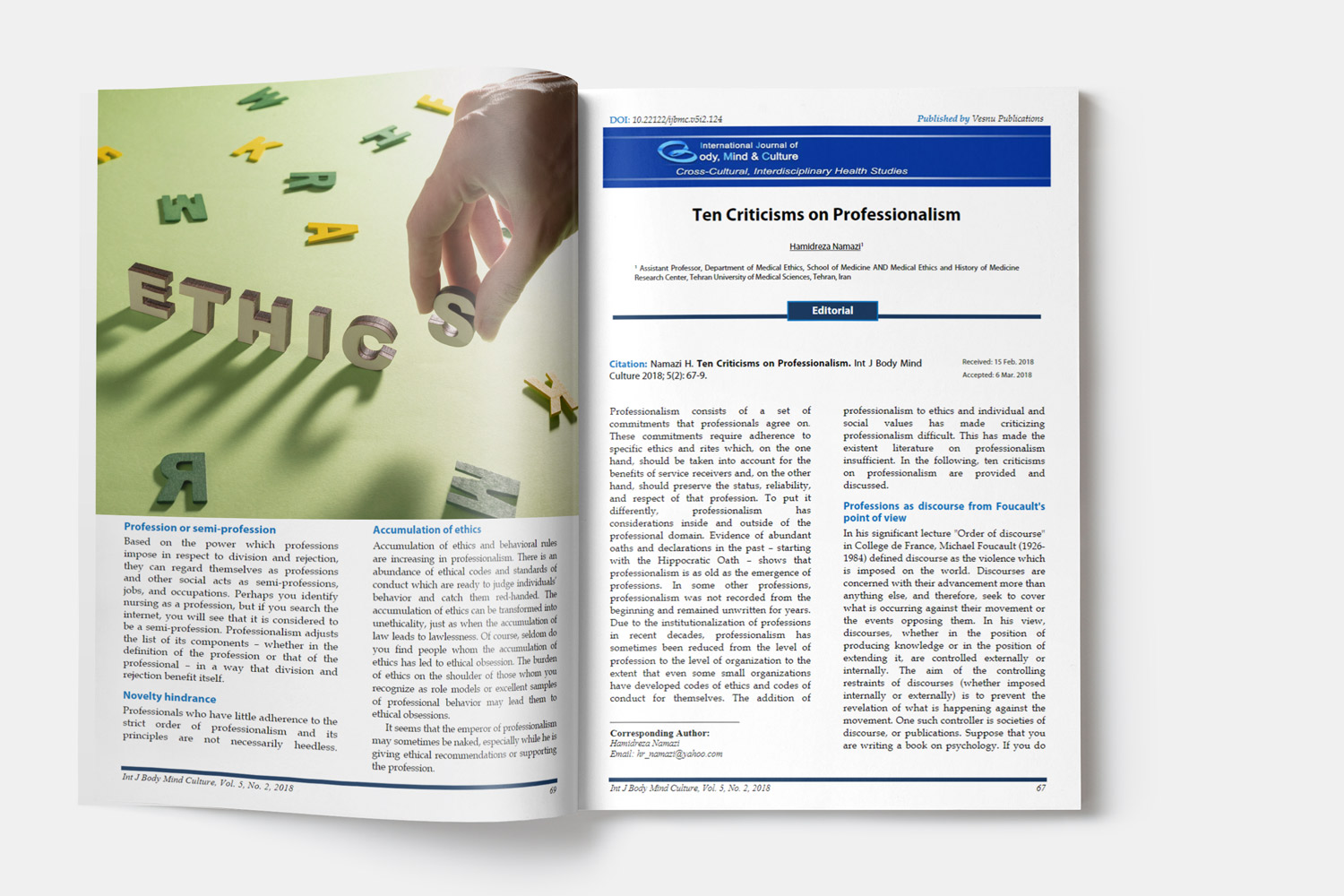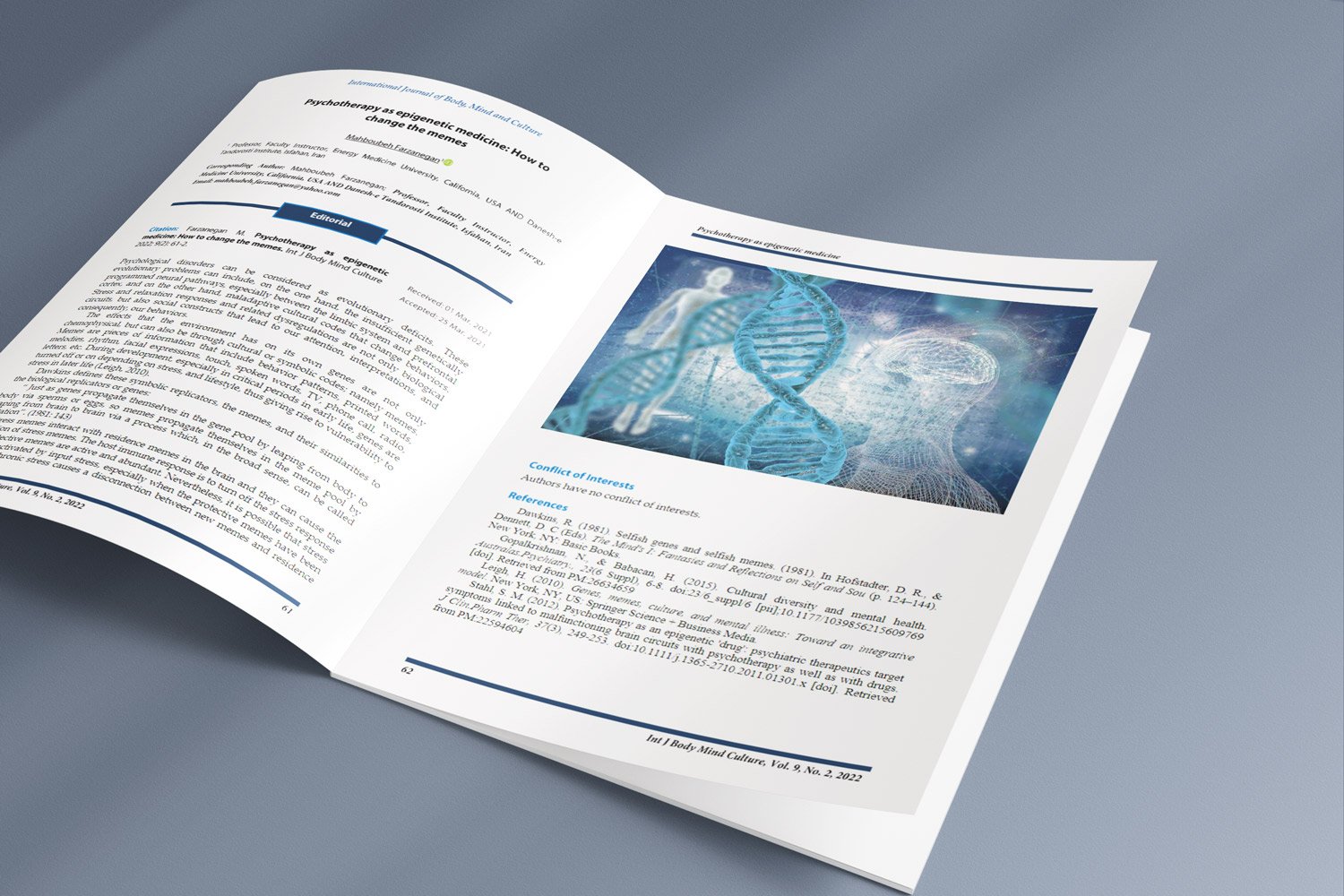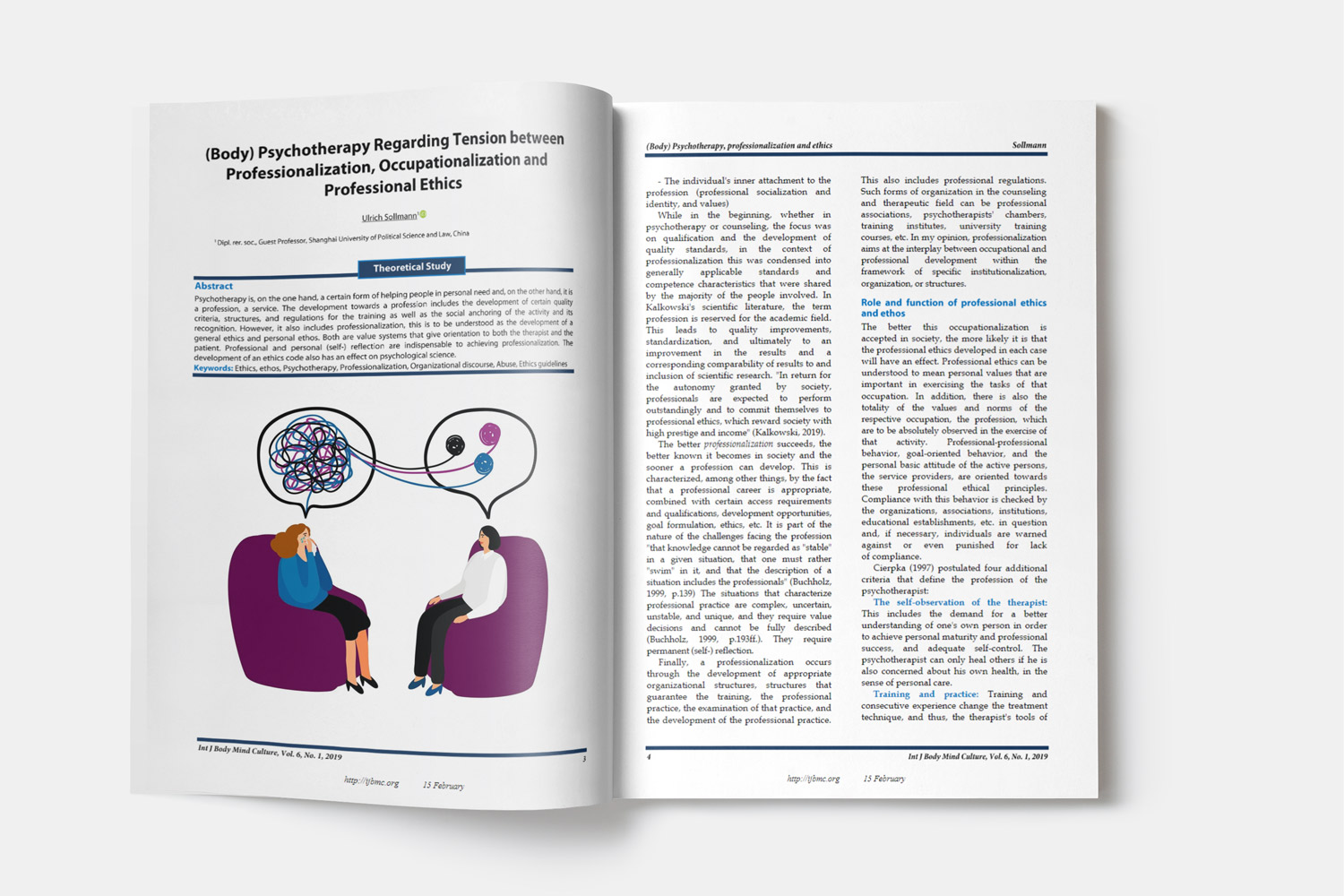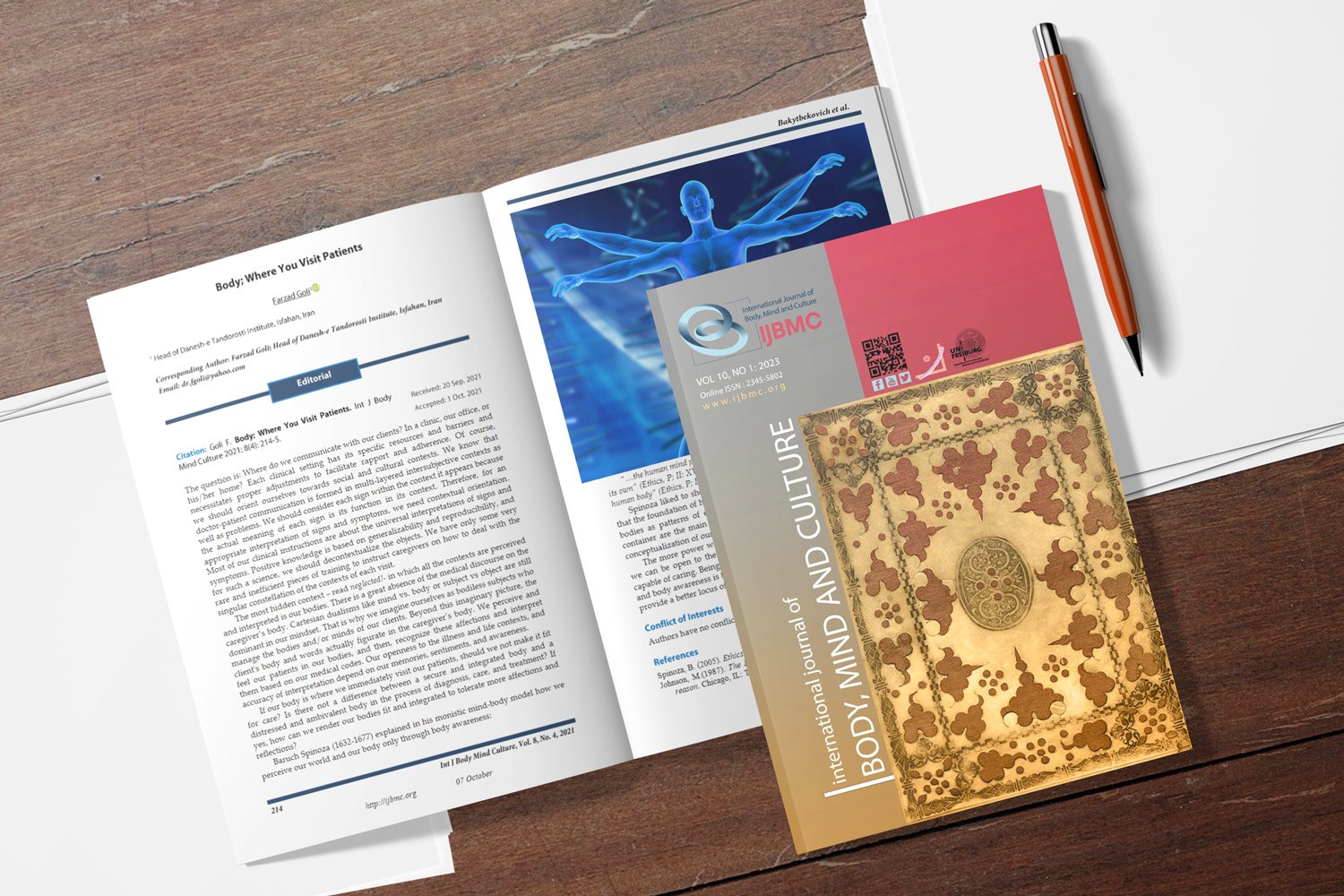Back to Future Health Blueprint: The Effects of a Brief Bioenergy Economy Program on a Patient with Tethered Cord Syndrome
Downloads
Background: The spinal cord congenital abnormalities may prevent normal cephalad movement of the conus medullaris such as tethered cord. A child or even an adult with these abnormalities may develop progressive neurological dysfunction due to traction on the cord or nerve roots. As the most problematic technical consideration in surgery for the release of the tethered cord is how to preserve functions of neural elements and rebuild the dural sac to maintain normal cerebrospinal fluid (CSF) circulation; the priority is to treat the condition through less invasive methods. Bioenergy economy (BEE) is an integrative healing model which tries to abstract healing modalities and integrate them into a psychosomatic health system. In contrast to reductionistic and pathology-based approach of biomedical treatment, bioenergy healing is a salutogenic, holistic and metadiagnostic approach which creates healing responses from a blueprint of healthy body.
Case Report: We report the process of a bioenergy economy intervention in a 10-year-old boy with clinical signs of drop foot, urinary incontinence, urinary reflux, and low back pain who was candidate for surgeries by neurosurgical and urological criteria. The clinical results indicated that after about two years of 12 healing sessions in a brief bioenergy economy package of biofield scanning, biofield attunement, and hand-on self-healing, the patient's clinical signs remarkably improved to the extent that he returned to normal activities of his age and followed an athletic lifestyle.
Conclusion: From a biosemiotic viewpoint, it can be discussed that bioenergy economy, by focusing on enhancing the pathways of salutogenesis was effective to evoke healing response in the patient's body. The effect of the bioenergy economy practice may be due to the healing images and intentions flowed through patient's body and healer-healee biofields' coupling and interactions.
Downloads
Reference List
Anderson, F. M. (1975). Occult spinal dysraphism: a series of 73 cases. Pediatrics, 55(6), 826-835. Retrieved from PM:1094400
Benveniste, J. (1998). From "water memory effects" to "digital biology". Retrieved from http://www.digibio.com/
Blackman, C. F., Elder, J. A., Weil, C. M., Benane, S. G., Eichinger, D. C., & House, D. E. (2016). Induction of calcium-ion efflux from brain tissue by radio-frequency radiation: Effects of modulation frequency and field strength. Radio Science, 14(6S), 93-98.
Boemers, T. M., van Gool, J. D., & de Jong, T. P. (1995). Tethered spinal cord: the effect of neurosurgery on the lower urinary tract and male sexual function. Br.J Urol., 76(6), 747-751. Retrieved from PM:8535719
Bruce, D. A., & Schut, L. (1979). Spinal lipomas in infancy and childhood. Childs Brain, 5(3), 192-203. Retrieved from PM:378579
Burr, H. S. (1972). Blueprint for Immortality. Saffron Walden, UK: C.W. Daniel.
Dale, A. J. (1969). Diastematomyelia. Arch.Neurol., 20(3), 309-317. Retrieved from PM:5766495
Fitz, C. R., & Harwood Nash, D. C. (1975). The tethered conus. Am.J Roentgenol.Radium.Ther Nucl.Med, 125(3), 515-523. Retrieved from PM:1202967
George, T. M., & Fagan, L. H. (2005). Adult tethered cord syndrome in patients with postrepair myelomeningocele: an evidence-based outcome study. J Neurosurg., 102(2 Suppl), 150-156. doi:10.3171/jns.2005.102.2.0150 [doi]. Retrieved from PM:16156223
Gilmor, R. L., & Batnitzky, S. (1978). Diastematomyelia Rare and unusual features. Neuroradiology, 16(1), 87-88. Retrieved from http://dx.doi.org/10.1007/BF00395213
Goli, F. (2010). Bioenergy economy: a methodological study on bioenergy-based therapies. Bloomington, IN: Xlibris.
Guerra, L. A., Pike, J., Milks, J., Barrowman, N., & Leonard, M. (2006). Outcome in patients who underwent tethered cord release for occult spinal dysraphism. J Urol., 176(4 Pt 2), 1729-1732. doi:S0022-5347(06)00901-3 [pii];10.1016/j.juro.2006.03.116 [doi]. Retrieved from PM:16945634
Heinz, E. R., Rosenbaum, A. E., Scarff, T. B., Reigel, D. H., & Drayer, B. P. (1979). Tethered spinal cord following meningomyelocele repair. Radiology, 131(1), 153-160. doi:10.1148/131.1.153 [doi]. Retrieved from PM:424577
Hoffman, H. J., Hendrick, E. B., & Humphreys, R. P. (1976). The tethered spinal cord: its protean manifestations, diagnosis and surgical correction. Childs Brain, 2(3), 145-155. Retrieved from PM:786565
Hudgins, R. J., & Gilreath, C. L. (2004). Tethered spinal cord following repair of myelomeningocele. Neurosurg.Focus., 16(2), E7. doi:160207 [pii]. Retrieved from PM:15209490
Michelson, D. J., & Ashwal, S. (2004). Tethered cord syndrome in childhood: diagnostic features and relationship to congenital anomalies. Neurol.Res, 26(7), 745-753. doi:10.1179/016164104225017974 [doi]. Retrieved from PM:15494116
National Center for Complementary and Alternative Medicine. Energy medicine: an overview. Available from: URL: http://www.brainline.org/content/2009/06/energy-medicine-an-overview_pageall.html. Accesss Jun 2009.
Oschman, J. L., & Pert, C. (2000). Energy medicine (1st ed.). London, UK: Churchill Livingstone.
Pang, D., & Wilberger, J. E., Jr. (1982). Tethered cord syndrome in adults. J Neurosurg., 57(1), 32-47. doi:10.3171/jns.1982.57.1.0032 [doi]. Retrieved from PM:7086498
Yashon, D., & Beatty, R. A. (1966). Tethering of the conus medullaris within the sacrum. J Neurol.Neurosurg.Psychiatry, 29(3), 244-250. Retrieved from PM:5937639
Copyright (c) 2016 International Journal of Body, Mind and Culture

This work is licensed under a Creative Commons Attribution-NonCommercial 4.0 International License.

